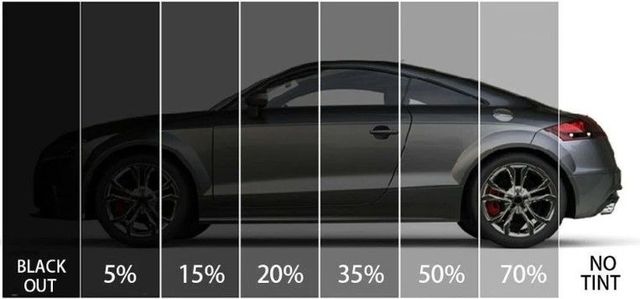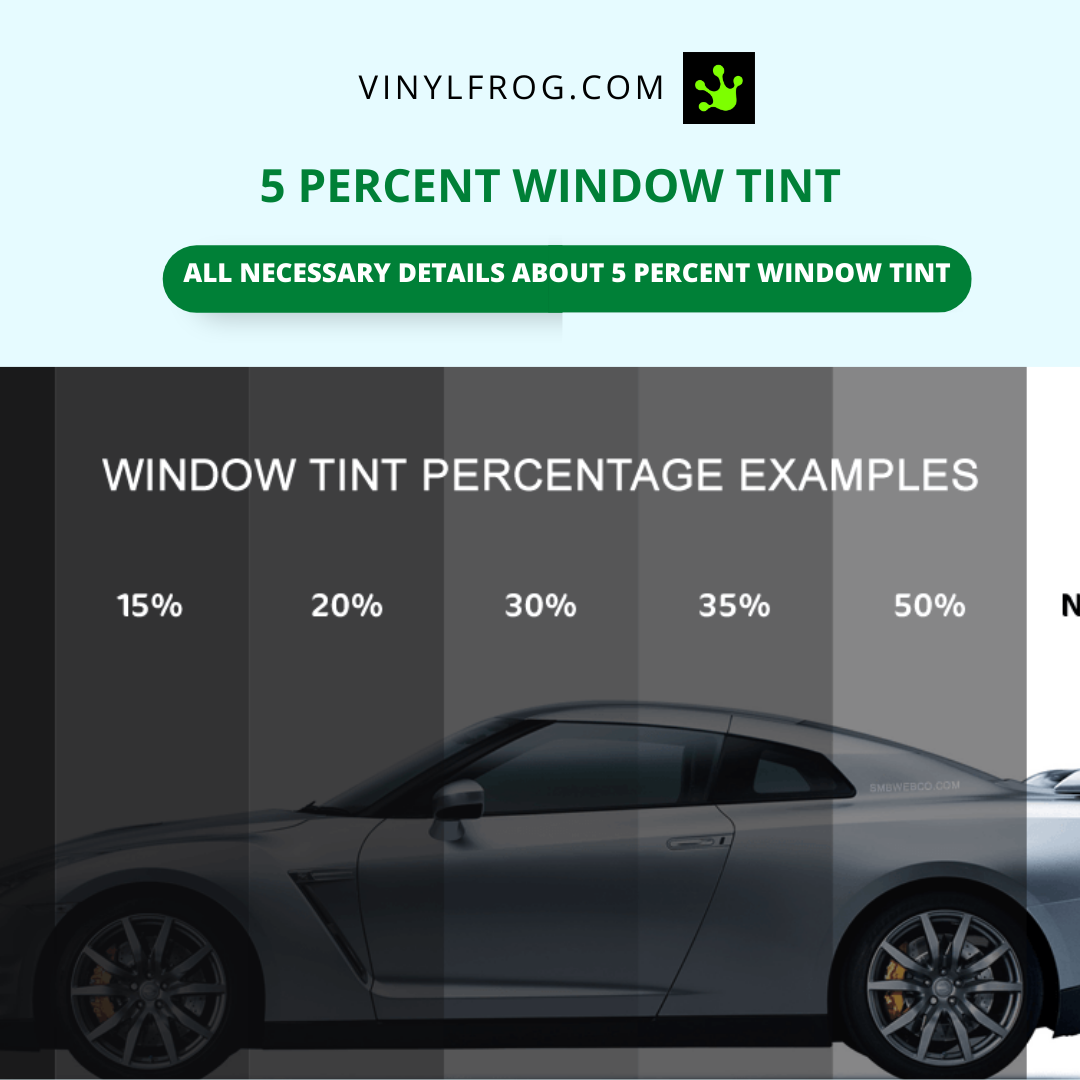Exactly How Automobile Window Tinting Maintains Your Lorry Cool in Hot Weather
Exactly How Automobile Window Tinting Maintains Your Lorry Cool in Hot Weather
Blog Article
Window Tinting Regulations and Standards: What You Required to Know Before Tinting Your Automobile
Prior to waging window tinting for your car, it is necessary to acquaint on your own with the diverse regulations and standards that control this practice across various states. These policies determine the allowable degrees of tint darkness, frequently measured by noticeable light transmission (VLT) portions, and consist of particular stipulations for front windshields targeted at making certain roadway safety. Additionally, specific territories might provide medical exceptions for individuals with certifying problems. Comprehending these intricacies can save you from potential lawful ramifications, yet what are the details regulations in your state?
Introduction of Home Window Tinting Laws
Home window tinting laws are often based on variation throughout different jurisdictions, reflecting local policies and safety considerations. These laws dictate the permissible levels of tint darkness and reflectiveness on car windows, making certain that chauffeurs preserve ample presence while likewise securing versus dangerous UV rays and warmth.
The majority of regulations classify home window tinting based upon the Visible Light Transmission (VLT) percent, which suggests the amount of light that can travel through the home window. Normally, lower VLT percentages signify darker tints. Laws usually differentiate between the front, side, and back windows, with more stringent constraints related to the front windshield to enhance safety and security for both the motorist and other road users.
Compliance with home window tinting regulations is vital, as violations can result in penalties, compulsory elimination of the color, and potential increases in insurance coverage costs. It is essential for car owners to acquaint themselves with regional laws prior to continuing with home window tinting setups.
State-by-State Color Regulations
Understanding the particular window tinting policies in each state is crucial for vehicle owners seeking to adhere to the law. Each state in the U.S. has established its own collection of guidelines governing home window tinting, which can differ significantly. These laws frequently dictate the allowed levels of color darkness, the kinds of windows that can be tinted, and any kind of clinical exemptions that might use.
For example, states like The golden state have rigid constraints on color darkness for front windows, while others, such as New Mexico, might enable darker tints. In addition, specific states mandate particular presence portions for different windows, including the windscreen, front side windows, and rear home windows. It is important for car owners to familiarize themselves with their state's legislations to avoid prospective penalties or charges.
Moreover, some states might call for an accreditation sticker to be put on tinted home windows, showing compliance with state laws. Failing to stick to these regulations not just runs the risk of lawful effects but can likewise influence safety and visibility while driving. Automobile proprietors must conduct extensive study or seek advice from regional authorities to guarantee full understanding and conformity with state-by-state color policies.
Allowed Color Kinds and levels
Several automobile proprietors might be shocked to discover that allowed tint levels and types vary commonly across various states. Each state has actually developed its own regulations relating to the permissible darkness and reflectivity of window color, frequently determined by Visible Light Transmission (VLT) percentages. VLT describes the amount of light that can travel through the tinted windows; therefore, a lower percentage shows a darker tint.

Moreover, the kinds of tint products enabled can vary, with some states banning mirror-like or metal finishes. It is necessary for vehicle proprietors to familiarize themselves with their state's certain laws to make certain compliance. Non-compliance can result in penalties, compulsory removal of the color, or other lawful consequences, making it essential to understand these guidelines prior to waging installation.
Medical Exemptions for Tinting
While not all states supply allocations for clinical exceptions pertaining to home window tinting, those that do recognize the requirement for particular people to enhance visibility and convenience because of medical conditions. Different medical problems, such as lupus, skin cancer cells, and certain eye disorders, can render individuals specifically sensitive to sunlight. These individuals might require darker colors to shield themselves from damaging UV rays and glow.

It is essential to keep in mind that despite having a medical exemption, there may still be restrictions on the level of color allowed. Conformity with state laws makes certain that people are both secured and within legal limits. Those thinking about clinical exemptions ought to call their regional Department of Motor Autos or read here comparable authority to recognize the requirements and procedures necessary to request an exception efficiently.
Charges for Non-Compliance
Stopping working to follow home window tinting regulations can lead to significant penalties, which vary by state. Police are equipped to release citations for automobiles that do not stick to the defined tinting regulations. These fines typically include fines, which can vary from small total up to several hundred dollars, relying on the extent of the infraction and the state in concern.
In some territories, duplicated offenses may lead to rising fines or additional charges, such as obligatory court appearances. Additionally, non-compliance might require the elimination of prohibited tinting, often at the proprietor's expenditure. In extreme situations, regular offenders might encounter suspension of their automobile enrollment up until conformity is attained.
In addition, insurance coverage effects may emerge from obtaining multiple citations for home window color infractions. Insurance firms might see such offenses as an indicator of riskier actions, potentially resulting in increased costs or problem in protection.
To avoid these charges, it is essential for vehicle proprietors to familiarize themselves with their neighborhood window tinting legislations and ensure that their car complies (Window Tinting). This aggressive technique not just avoids legal implications however also promotes roadway safety
Final Thought

Many policies categorize window tinting based on the Visible Light Transmission (VLT) percent, which indicates the amount of light that can pass through the home window. Compliance visit our website with window tinting laws is crucial, as violations can result in fines, required removal of the tint, and prospective boosts in insurance coverage costs.Understanding the particular window tinting guidelines in each state is essential for car owners seeking to conform with the legislation. These regulations commonly dictate the allowed levels of tint darkness, the types of home windows that can be tinted, and any type of click here to find out more clinical exceptions that may use.
For instance, states like The golden state have stringent limitations on tint darkness for front windows, while others, such as New Mexico, might enable darker colors.
Report this page